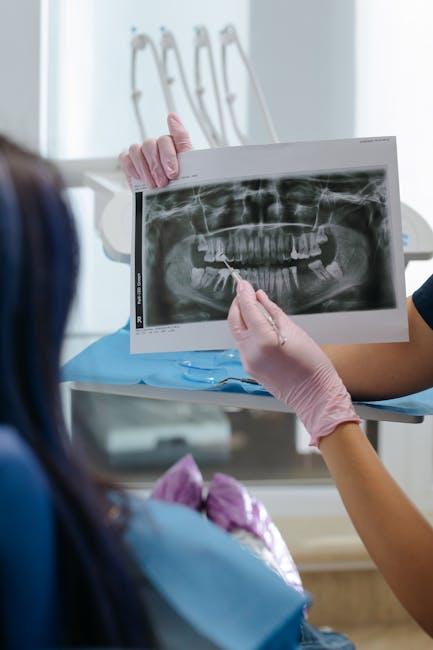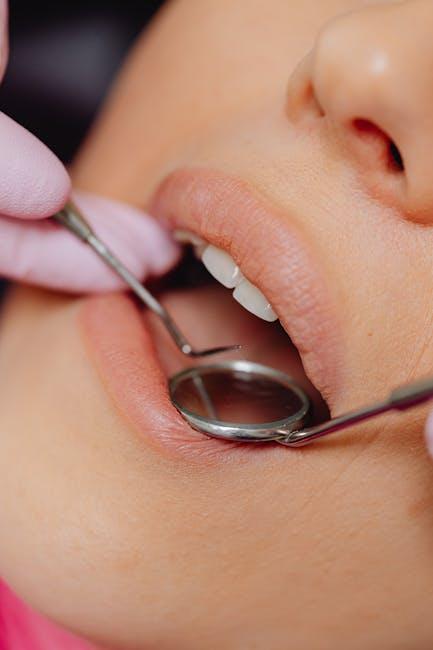
Emergency Dental Visits Take A Bite Out Of Everyone’s Wallets – Texas A&M
Unexpected dental emergencies can strike at any moment, causing not only discomfort and pain but also significant financial strain on many families. According to studies influenced by Texas A&M research, emergency dental visits are becoming a growing concern for both patients and healthcare providers across Texas. This article explores the economic impact of emergency dental care, offers practical tips to avoid costly visits, and highlights key findings from Texas A&M that aim to educate and empower patients.
The Rising Cost of Emergency Dental Visits
When dental issues like severe toothache, abscesses, or traumatic injuries occur, many patients are forced to seek emergency dental care. Unlike routine check-ups, these unplanned visits can be expensive, often being among the costliest dental expenditures.
What Drives Up Emergency Dental Costs?
- Urgent Care Charges: Emergency dental clinics often charge higher fees for after-hours treatment or immediate care services.
- Complex Procedures: Treatments for complex issues like root canals, extractions, or surgeries in emergencies can escalate costs.
- Diagnostic Tests: X-rays and other diagnostic imaging frequently accompany emergencies, adding to the bill.
- Medication and Follow-ups: Prescription medications and additional visits for wound care or pain management increase expenses.
Texas A&M Research Insights: Why This Matters
Recent research conducted by Texas A&M’s School of Dentistry emphasizes how emergency dental visits not only impact immediate costs but result in longer-term health and financial consequences. Their studies found:
- Over 50% of dental emergencies could have been avoided with earlier intervention.
- Patients lacking dental insurance are more likely to face severe issues requiring emergency care, driving up overall healthcare expenditures.
- Emergency dental visits burden local healthcare systems and increase waiting times for critical treatments.
Emergency Dental Costs Compared
| Procedure | Average Cost in Texas (USD) | Routine Cost Range (USD) |
|---|---|---|
| Emergency Tooth Extraction | $300 – $650 | $150 – $400 |
| Dental Abscess Treatment | $500 – $1,200 | $200 – $700 |
| Root Canal Therapy (Emergency) | $900 – $1,500 | $700 – $1,200 |
| Emergency Dental Visit Fee | $150 – $300 | Usually $0 – $50 (Routine visits) |
Practical Tips to Avoid Emergency Dental Visits
Reducing the chances of costly emergency dental visits is possible with some preventive measures and informed decisions:
- Regular Dental Checkups: Visit your dentist every six months to identify issues early.
- Good Oral Hygiene: Brush twice daily, floss regularly, and avoid sugary snacks.
- Protective Gear: Use mouthguards during sports to prevent injuries.
- Address Dental Concerns Promptly: Don’t ignore tooth sensitivity or pain — early treatment is cheaper and less invasive.
- Maintain Dental Insurance: Consider a plan that covers emergency procedures.
Case Study: How One Family Avoided a Financial Crisis
After losing her dental insurance temporarily, Sarah from Houston experienced a severe tooth infection. Remembering advice from Texas A&M seminars, she called a dental hotline for a triage assessment instead of rushing to an emergency room. This enabled her to receive prescribed antibiotics earlier and schedule an affordable dental appointment, ultimately avoiding a painful and costly emergency visit.
Texas A&M’s Role in Transforming Emergency Dental Care
Texas A&M continues to lead innovations in dental research and community care programs aimed at reducing emergency dental burdens. Some initiatives include:
- Community oral health screenings and education.
- Training programs for dental professionals focused on emergency prevention.
- Collaborations with insurance providers to improve coverage plans.
Conclusion: Protect Your Smile and Your Wallet
Emergency dental visits undeniably take a significant bite out of everyone’s wallets in Texas and beyond. However, armed with insights from Texas A&M research and proactive dental care habits, patients can minimize the risk of costly emergencies. Prioritizing prevention, timely treatment, and dental insurance are key steps to safeguarding not just your oral health but your finances too. Remember — a healthy smile is a smart investment for life!


